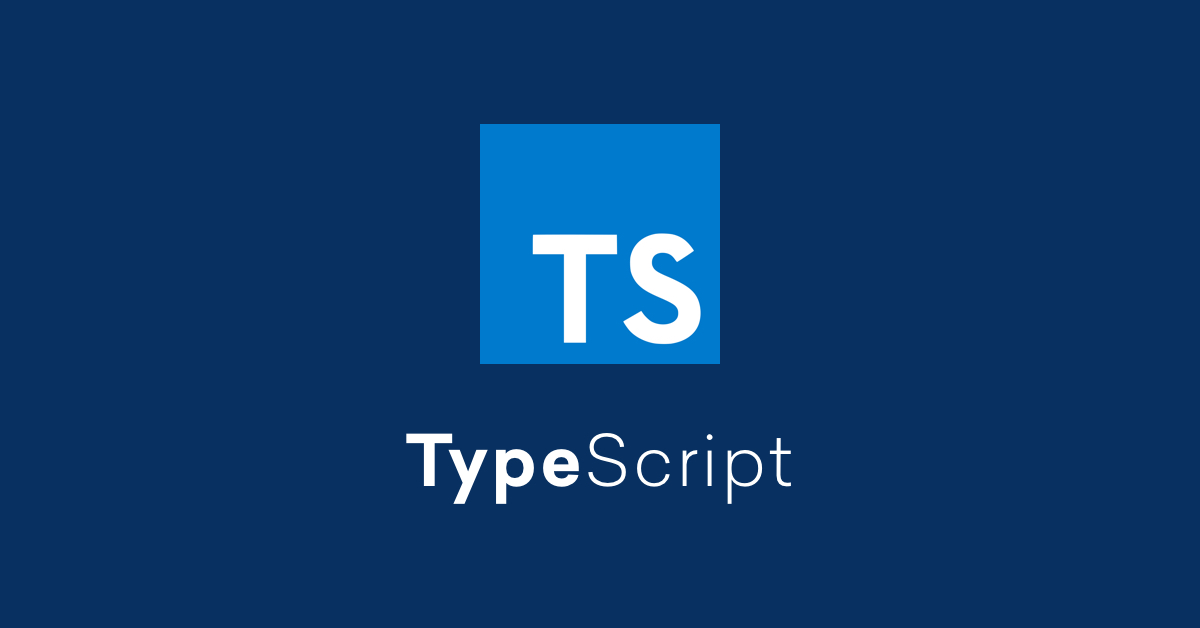
인터페이스(Interface)
인터페이스는 클래스 또는 객체를 위한 타입을 지정할 때 사용 됩니다.
아래는 Shape이라는 인터페이스를 통해 Circle 과 Rectangle의 class타입을 지정해줬습니다.
interface Shape {
getArea(): number;
}
//public으로 constructor을 지정해주면 어느 곳에서든 지정한 변수를 불러올수 있습니다.
//private으로 설정하게 되면 지정된 class안에서만 사용 할 수 있습니다
class Circle implements Shape {
constructor(public radius: number) {}
getArea() {
return this.radius * this.radius * Math.PI;
}
}
class Rectangle implements Shape {
width: number;
height: number;
constructor(width: number, height: number) {
this.width = width;
this.height = height;
}
getArea() {
return this.width * this.height;
}
}
const circle = new Circle(5);
const rectangle = new Rectangle(2, 5);
const shapes: Shape[] = [circle, rectangle];
shapes.forEach((shape) => {
console.log(shape.getArea());
});아래는 Person과 Developer 인터페이스를 통해 객체의 타입을 지정해줬습니다.
interface Person {
name: string;
age?: number;
}
//?를 통해서 객체에 age라는 값이 없어도 출력 될 수 있도록 만들 수 있습니다.
interface Developer extends Person {
skills: string[];
}
// extends를 통해서 Person의 인터페이스를 상속 받을 수 있습니다.
const person: Person = {
name: "김사람",
age: 5
};
const expert: Developer = {
name: "김개발",
skills: ["김존", "나는"]
};타입엘리어스(Type Alias)
Alias라는 말은 별칭이라는 뜻입니다. 그래서 type에다가 별칭을 달아주는게 type alias입니다. 위와 똑같은 예제를 type alias를 통해서 구현했습니다. 간단하게 interface를 type으로 바꿔주고 extends 를 &로 대체했습니다.
type Person = {
name: string;
age?: number;
};
type Developer = Person & {
skills: string[];
};
const person: Person = {
name: "김사람",
age: 5
};
const expert: Developer = {
name: "김개발",
skills: ["김존", "나는"]
};
type People = Person[];
const people: People = [person, expert];
type Color = "red" | "orange" | "yellow";
const color: Color = "orange";
- 라이브러리를 위한 타입을 설정할때는 interface를 쓰는 것을 권장합니다. 그 외에는 type을 쓰는 것이 더 편리합니다.
제너릭스(Generics)
타입스크립트에서 함수 클래스 인터페이스 또는 타입 엘리어스를 사용하게 될 때 여러종류의 타입에 대해서 호환을 맞추어야할 때 사용되는 문법입니다.
function merge<T1, T2>(a: T1, b: T2) {
return {
...a,
...b
};
}
const merged = merge({ foo: 1 }, { bar: 2, foobar: 3 });
// 타입을 any나 object로 설정 할 수 도 있지만 제너릭스를 사용해서 실제 파라미터로 넣는 타입을 유추 시킬 수 있습니다.인터페이스에서 제너릭스를 사용하는 예제입니다.
interface Items<T> {
list: T[];
}
const itmes: Items<string, number> = {
list: ["a", "b", "c"],
value: 123
};타입 엘리어스에서 제너릭스를 사용하는 예제입니다.
type Items<T, V> = {
list: T[];
value: V;
};
const itmes: Items<string, number> = {
list: ["a", "b", "c"],
value: 123
};마지막으로 클래스에서 제너릭스를 사용해보는 예제입니다.
class Queue<T> {
list: T[] = [];
get length() {
return this.list.length;
}
enqueue(item: T) {
this.list.push(item);
}
dequeue() {
return this.list.shift();
}
}
const queue = new Queue<Number>();
queue.enqueue(0);
queue.enqueue(1);
queue.enqueue(2);
queue.enqueue(3);
queue.enqueue(4);
while (queue.length > 0) {
console.log(queue.dequeue());
}